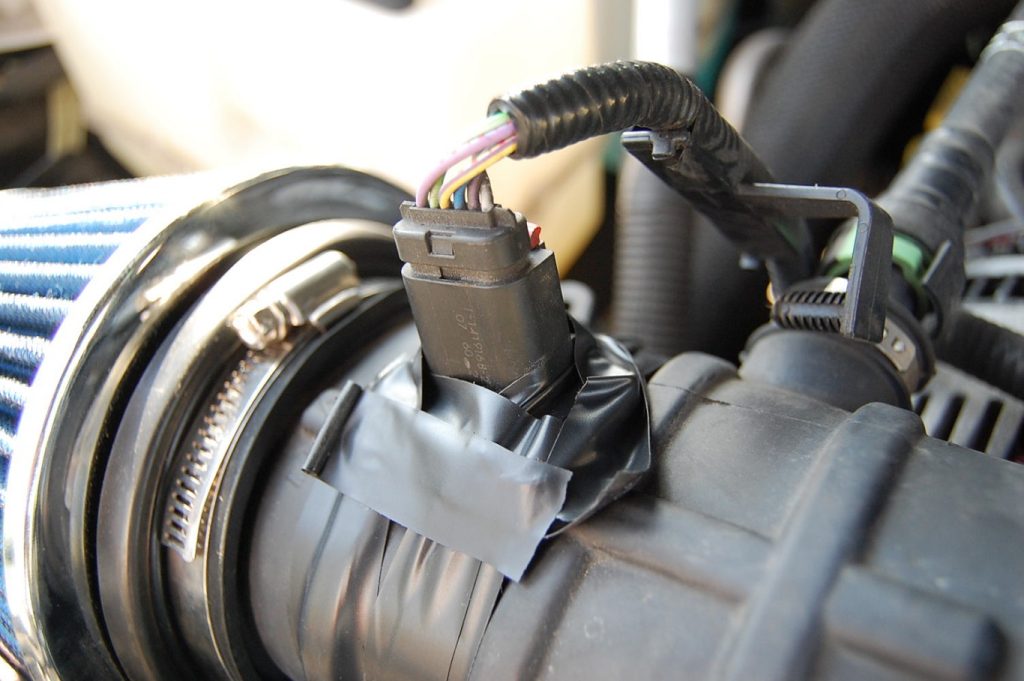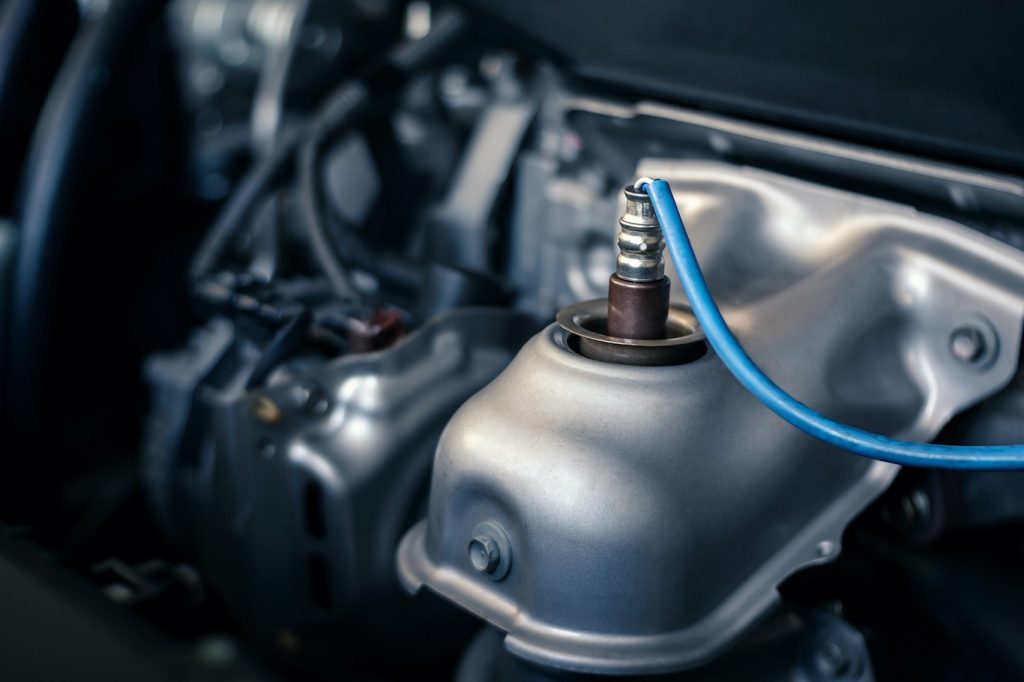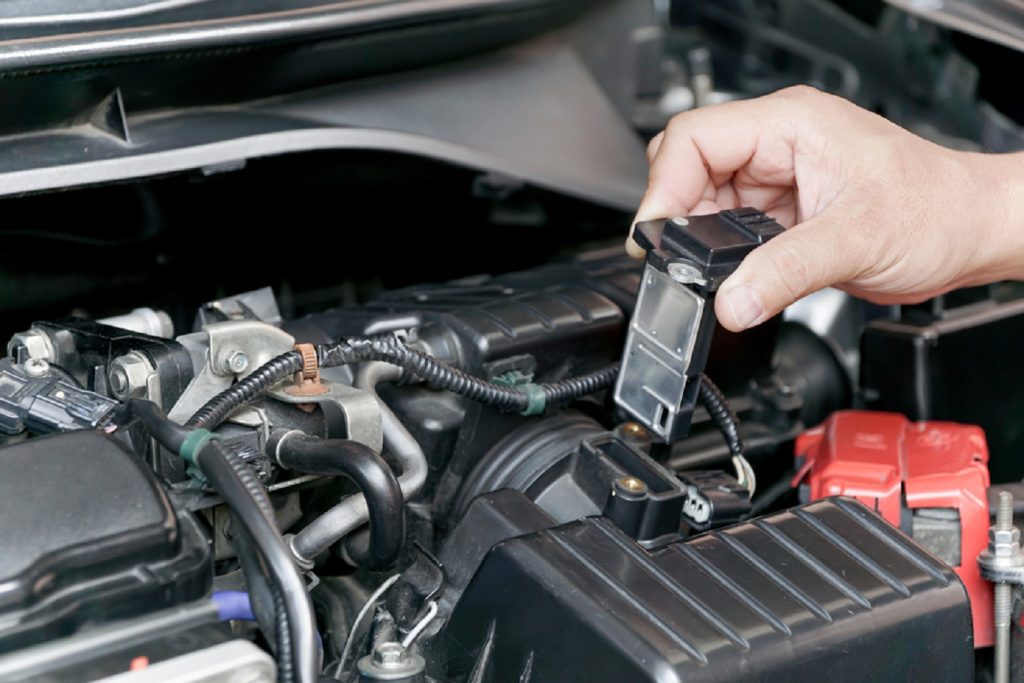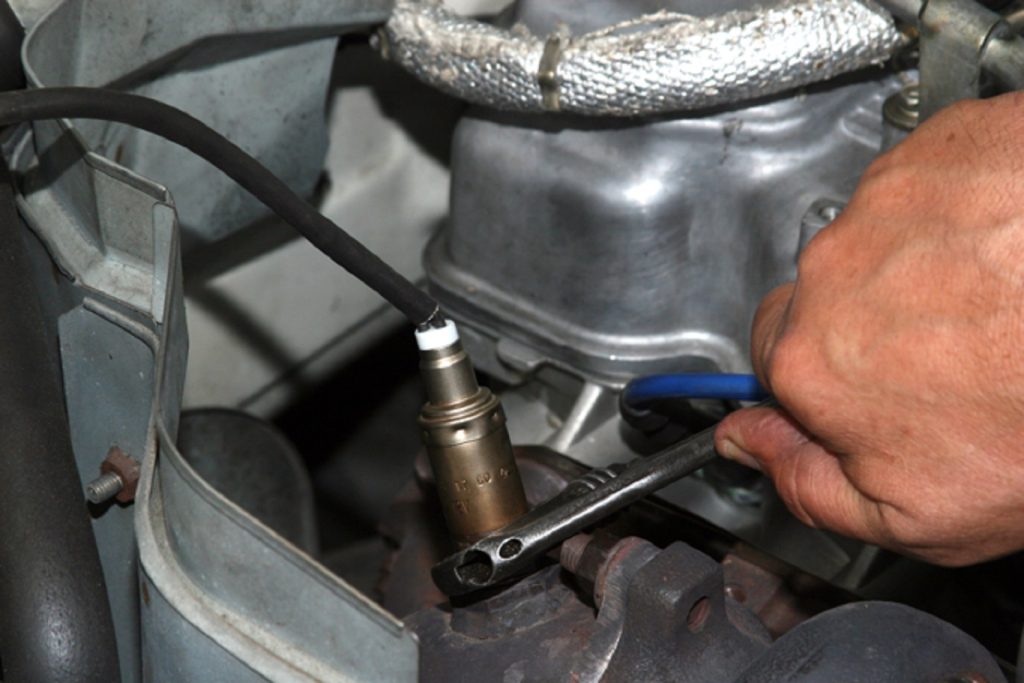
In order to burn fuel, your vehicle needs a combination of air and fuel at a specific ratio. To ensure the right ratio of fuel to air, there are many sensors at work in your vehicle. One of these sensors is the oxygen sensor. The oxygen sensor detects too much or too little oxygen in the exhaust and makes adjustments to deliver fuel with the ideal ratio for combustion. When your Saturn Ion is having trouble starting, one potential cause could be a faulty oxygen sensor.
Role of Oxygen and MAF Sensors

The role of the oxygen sensor is to measure the amount of unburned oxygen in the engine’s exhaust. If there is too much unburned oxygen, it will trigger the sensor to increase the amount of fuel delivered to the engine. If there is too little unburned oxygen, it will trigger the sensor to decrease the amount of fuel delivered to the engine. By doing so, it reduces the possibility of misfires and spark knocks which can cause a rough idle or difficulty starting. The sensors are made up of a thermocouple and an integrated circuit. The thermocouple is used to measure the temperature of the exhaust while the integrated circuit monitors the voltage produced by the thermocouple. The sensor’s job is to detect when the voltage drops below a certain point which means there is not enough oxygen in the exhaust.
Then, there’s the car MAF sensor, which is responsible for measuring the amount of air entering your engine. The oxygen sensor works in conjunction with the MAF sensor to ensure a proper fuel mixture. When one fails, it is possible that the other will need replacement as well.
Symptoms of a faulty oxygen sensor include:
• Difficulty starting
• Rough idle
• Low fuel economy
• Engine misfires
When you notice any of these symptoms, it’s important to have your vehicle diagnosed by a professional mechanic. A good mechanic will be able to diagnose the problem and let you know what parts need replacement.
Replacing Oxygen and MAF Sensors

The oxygen sensor is located near the exhaust manifold, which makes it susceptible to heat. It should be replaced right away if there is any damage such as cracks or breaks in the material. The oxygen sensor also requires a specific type of fuel. Using an incorrect fuel can lead to engine misfires and failure of the oxygen sensor. You should use premium-grade gasoline or ethanol-free gas with a maximum of ten per cent ethanol content. If you are unsure of the type of fuel you need, ask your mechanic to recommend one.
Replacing an oxygen sensor is not a difficult job for a professional mechanic. You should expect to pay between $150-$350 depending on the vehicle and whether or not it needs replacement. The process usually takes between two and four hours, but this will vary from shop to shop. If you’re getting a new sensor installed, make sure that the mechanic checks all of the other components in the exhaust system. These sensors are connected to the exhaust manifold and can cause misfires if they aren’t working properly.
Replacing your oxygen sensor is relatively easy, but it’s important that you follow the proper safety precautions. The first step is to connect a jumper cable from the positive terminal of the battery to an unpainted metal part of the engine block. This will prevent the battery from exploding due to electrolyte leakage from the cells. Next, remove the spark plugs and disconnect the wires from the oxygen sensor. Disconnect the sensors from the exhaust manifold and allow them to hang free from the vehicle. Next, remove the old sensor from its mounting location and place the new one in its place. Make sure that all of your wires are properly connected before starting the engine again.
When you install a new oxygen sensor, it’s important to use the correct type. The best replacement for your vehicle is the original equipment manufacturer (OEM) part because it will fit perfectly into your exhaust system. If you have an aftermarket part, it might not fit as well and cause a problem. If your vehicle is having trouble starting or idling properly, make sure to get it checked out by a professional mechanic as soon as possible. The same rules apply to MAF sensors as well. Both OEM and aftermarket car MAF sensors are available, but it’s important that you get the right one for your car.
Conclusion

If you are having trouble with misfires in your engine, it can be a sign of a faulty oxygen sensor or a bad spark plug. It’s important to replace both if either one is causing problems with your vehicle’s fuel mixture. You should have an expert mechanic perform this task for you so that they can diagnose any other issues that may be causing these symptoms. If you’re unsure about replacing the oxygen sensor yourself, ask your mechanic if they can do it for you. It’s always better to let a professional handle these types of repairs because they are equipped with the necessary tools and training to complete them correctly.




Comments are closed.